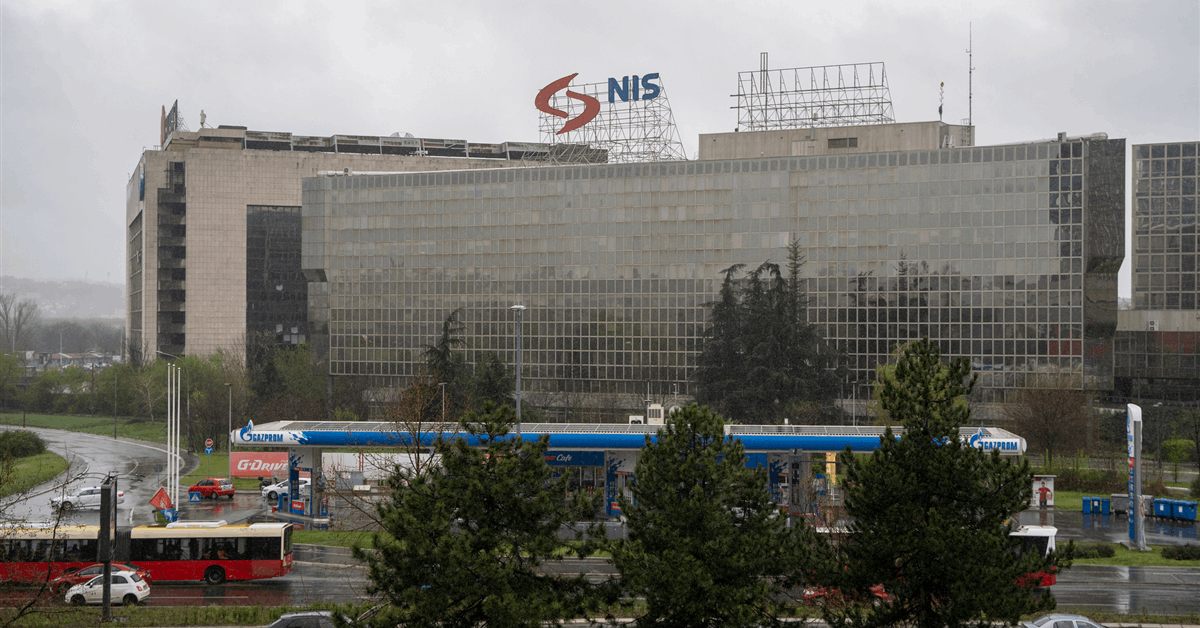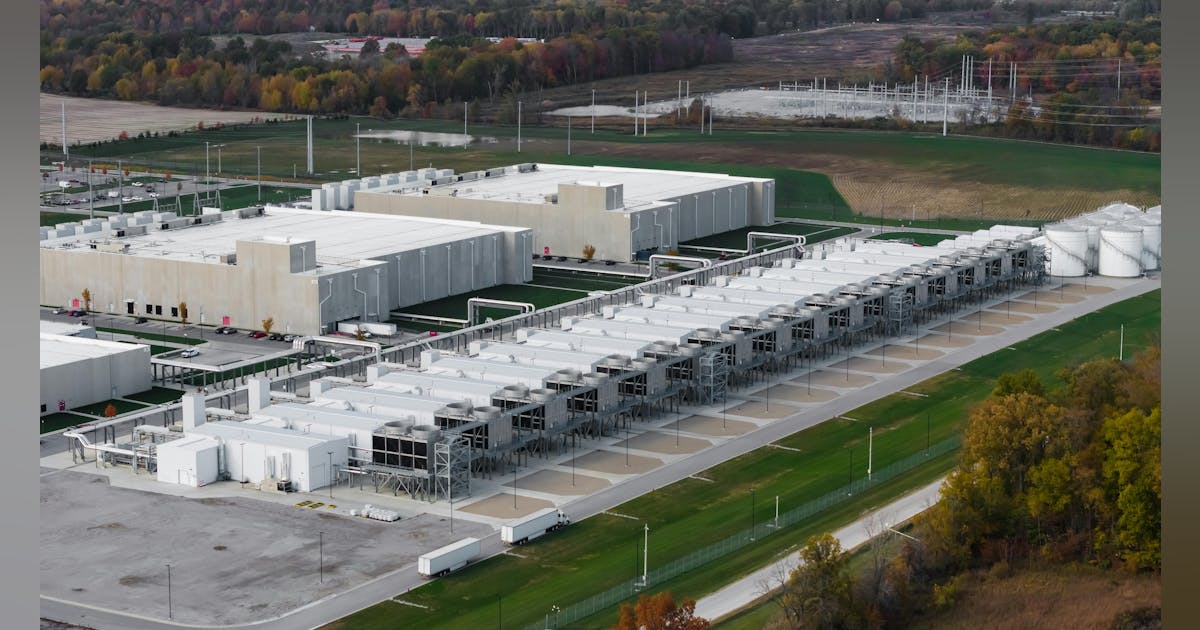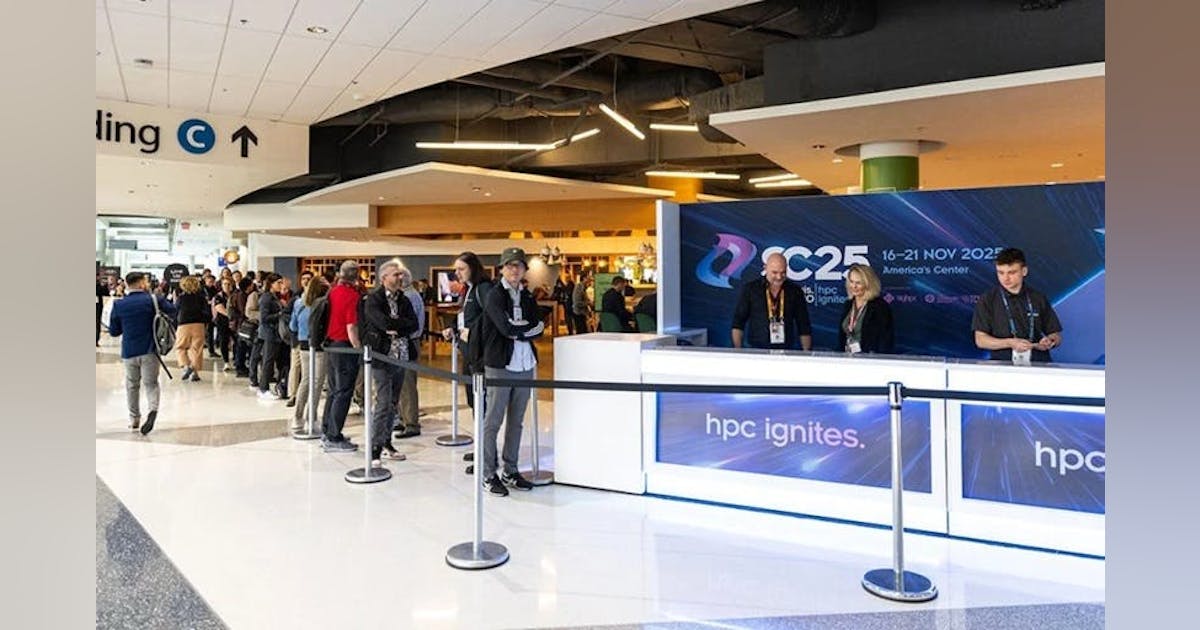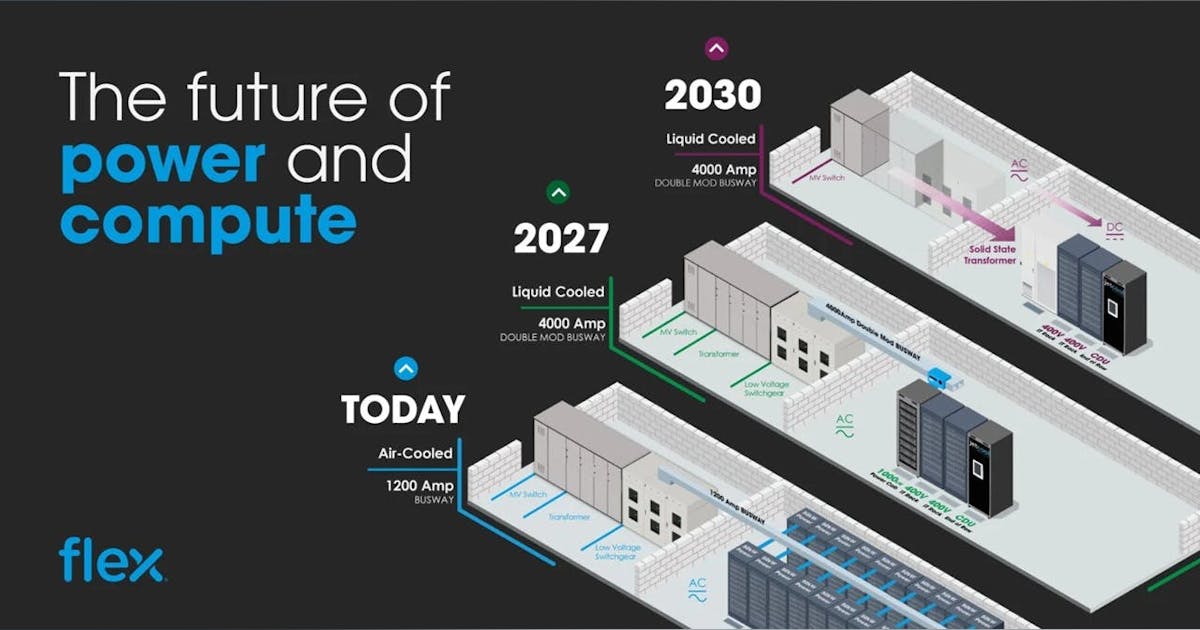
Serbian President Aleksandar Vucic said he was “very disappointed” with Russia’s decision to offer only a gas deal that runs until the end of the year, after months of talks over a longer agreement.
Vucic had been seeking a three-year contract with Gazprom, following two meetings this year with Russian President Vladimir Putin. Speaking to the tabloid Informer, he suggested the delay was linked to US sanctions on oil refiner Naftna Industrija Srbije that came into full effect earlier this month after several temporary waivers expired.
“We begged the Americans for months and managed to secure eight months; unlike some others, we’re not thieves,” Vucic said. He added that Serbia has enough reserves for the next three months and rejected suggestions that Belgrade might nationalize NIS, which is controlled by Russia’s Gazprom Neft, to bypass sanctions.
“The Americans told me, ‘Mr. President, sign it, there will be no sanctions, just tell us that you need time to nationalize your oil industry,'” he said. “I told them, ‘That’s unacceptable to me. Our country isn’t communist or fascist, and we don’t like to seize other people’s capital and other people’s property.'”
Gazprom Neft, the oil arm of state-owned Gazprom, holds a 56 percent stake in NIS. Its chief executive, Alexander Dyukov, will meet Vucic in Belgrade on Monday for talks.
“I hope the Russians will resolve this with the Americans,” said the Serbian leader.
Any gas shortages this winter could add to pressures on Vucic, who has been grappling with domestic turmoil as tens of thousands of anti-government protesters have taken to the streets since November last year. The marches were triggered by the collapse of a concrete canopy at a train station in Novi Sad that killed 13 people – an incident protesters blame on corruption and poor oversight in the station’s renovation.
What do you think? We’d love to hear from you, join the conversation on the
Rigzone Energy Network.
The Rigzone Energy Network is a new social experience created for you and all energy professionals to Speak Up about our industry, share knowledge, connect with peers and industry insiders and engage in a professional community that will empower your career in energy.























